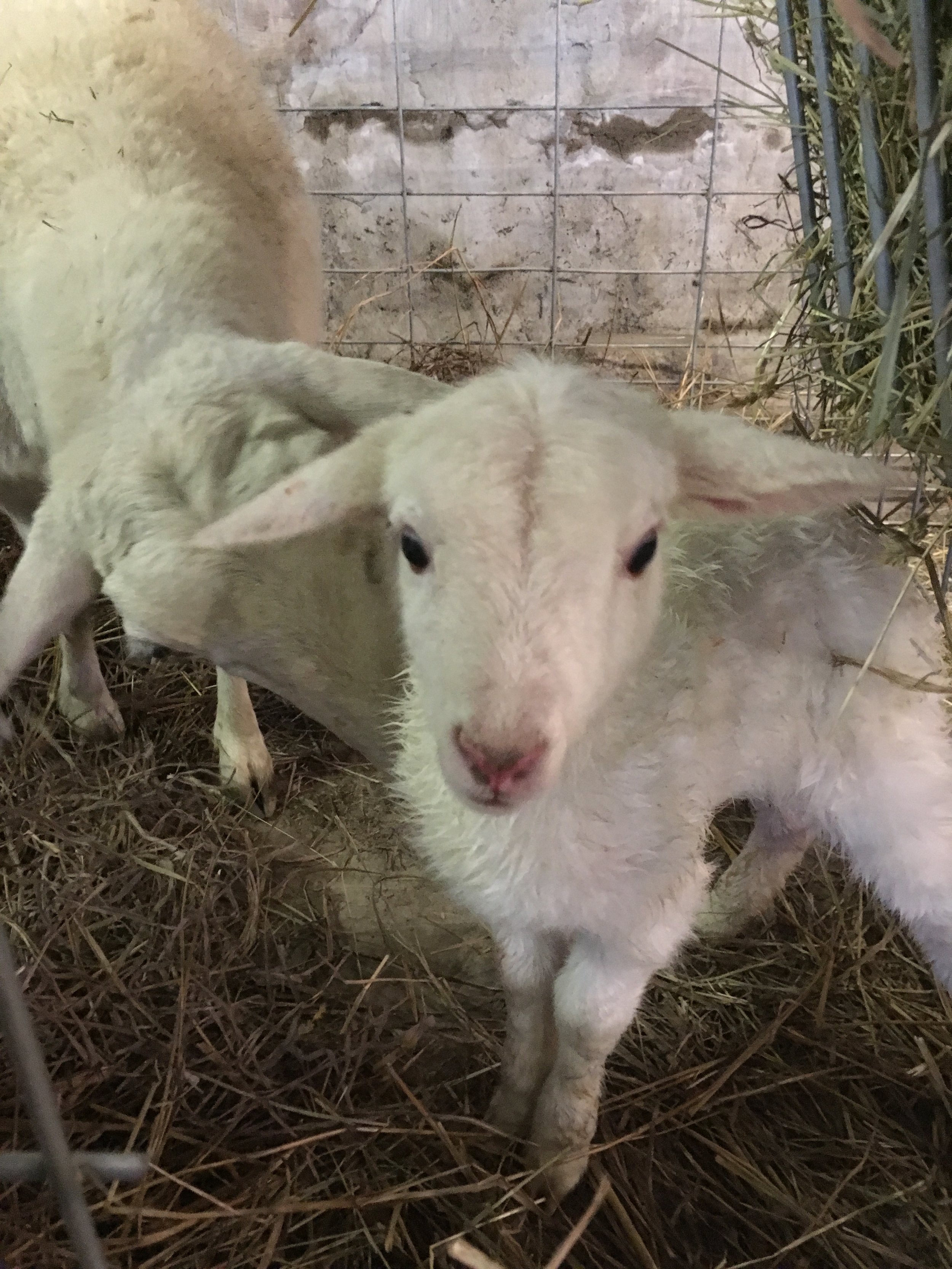Raising lamb for the spring market takes advantage of our lusher spring and fall pastures and increased market demand. Historically, our pastures bounce back after the heat of summer; this regrowth coincides with the ewes' increased nutritional demands in late gestation. The warmer ground in the fall also extends our lambing area beyond the enclosed barn to the surrounding barnyard, which allows us to increase the ewe flock if we wish.
One of the drawbacks to fall lambing is lower conception rates, even with sheep like our Katahdins that will breed out of season. To bring our ewes into heat in early summer we are employing a teaser, a vasectomized ram. Exposure to the teaser ram's hormones brings the ewe flock into a synchronized heat cycle. After we remove the teaser ram and introduce our active ram, the flock should breed successfully. I am not sure how all of this will work in reality, especially in this first year. To increase our chances for success, our spring lambing season was a little earlier than usual to allow the ewes to recover and our new secure fencing enforced weaning of the spring lambs. As always, I am hopeful and look forward to a second 2017 lambing season.
Duncan is handsome but his offspring were not so he stays on the farm as a "teaser" ram.































